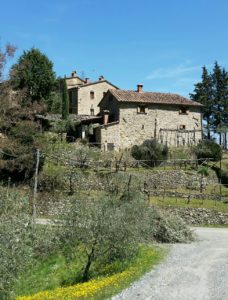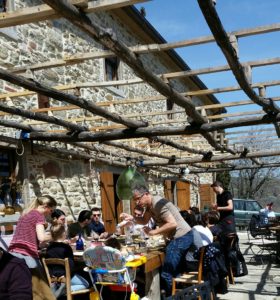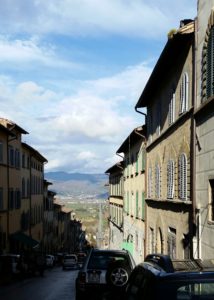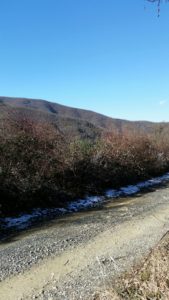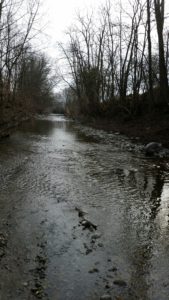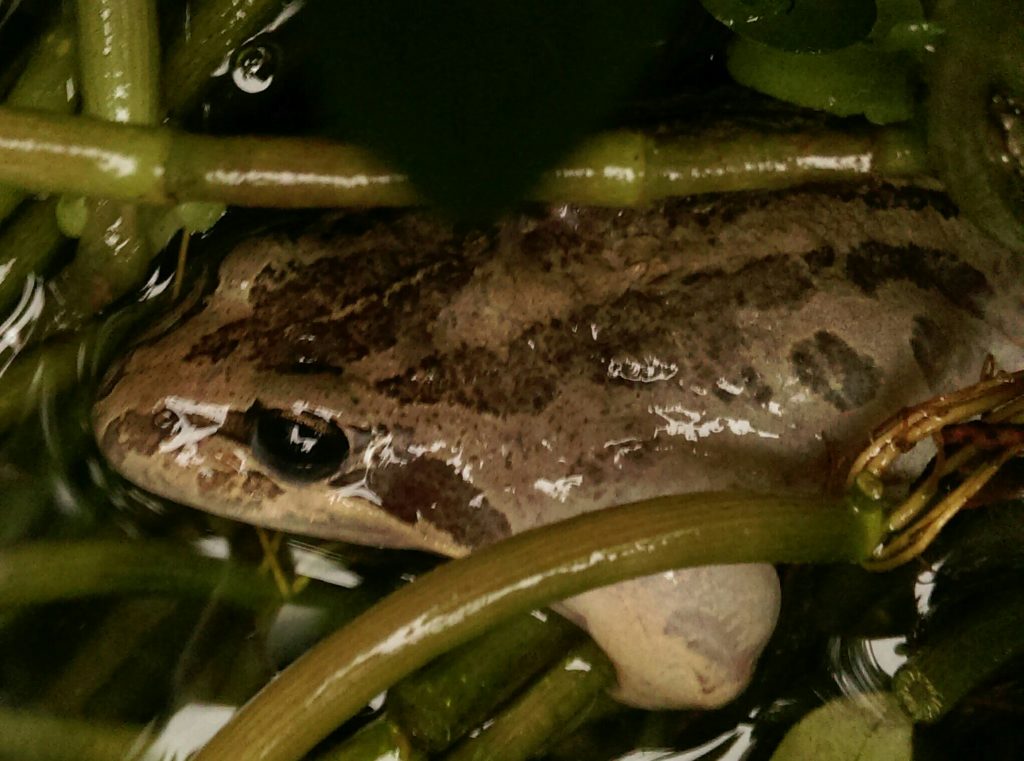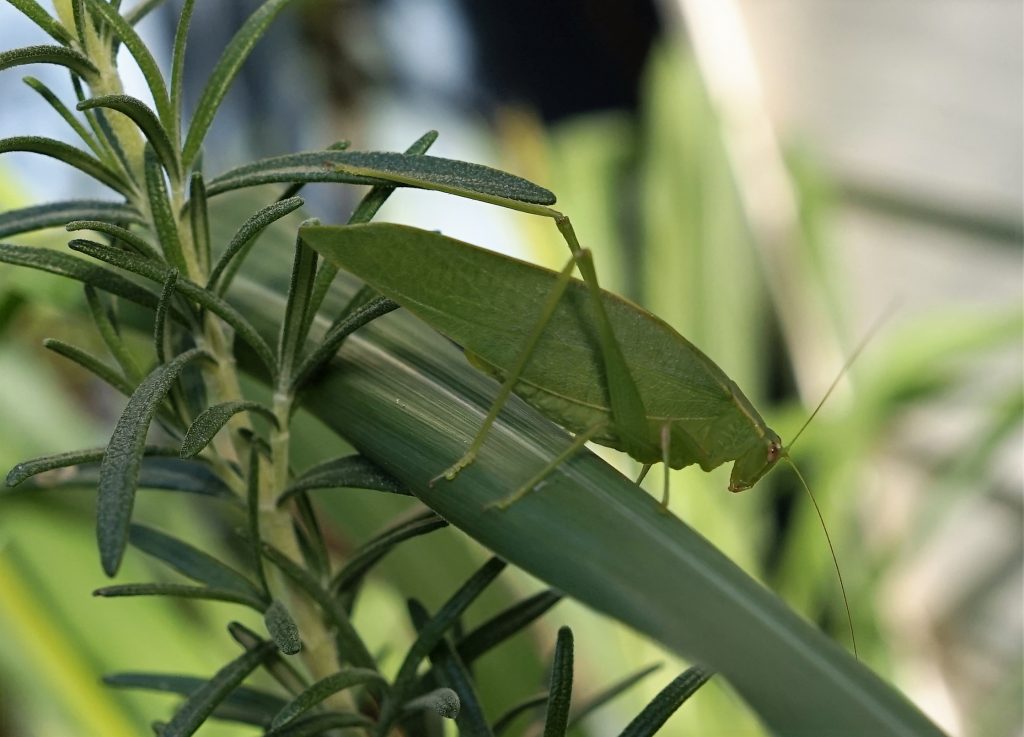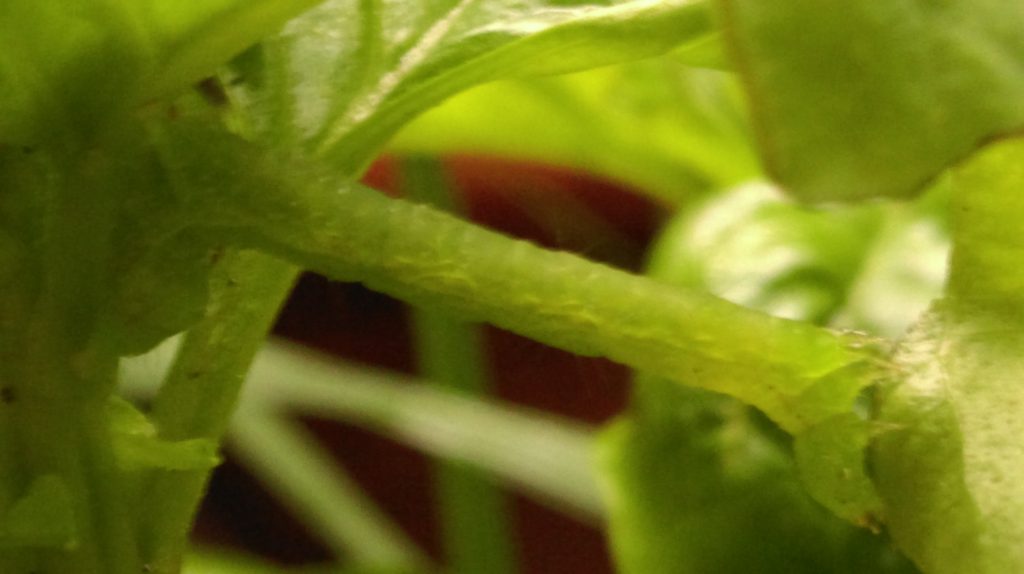[wysija_form id=”2″]
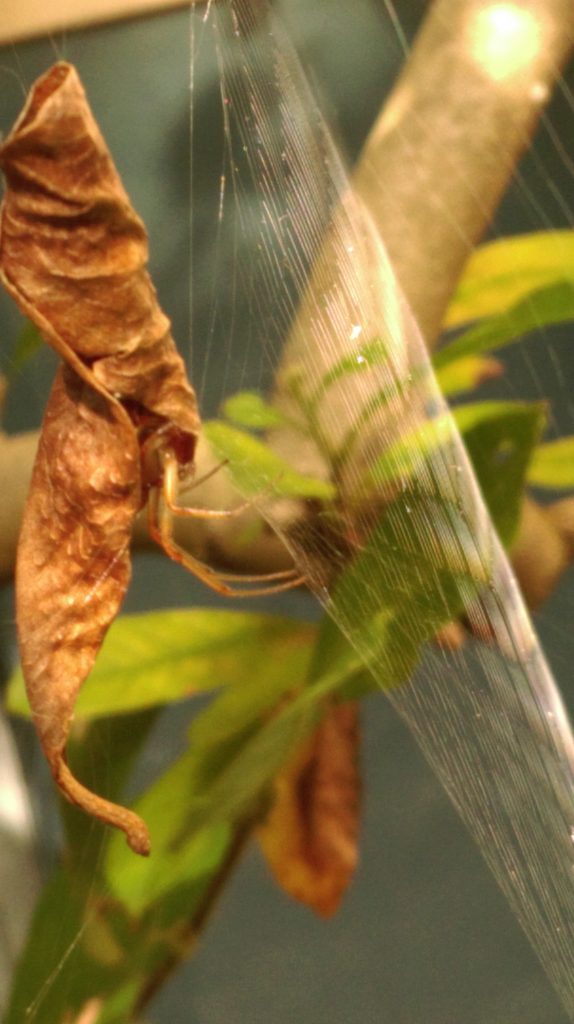
If you type ‘Australia’ and ‘spider’ into Google, the first pages of results are dominated by accounts of danger. Australia has 2400 species of spider, but pest control companies and tourist guides only want to talk about ‘the ten most dangerous Australian spiders’. They show mugshots and profiles and advise people what to do if they’re bitten. Since I’ve been in Newtown, however, I have seen no spider more dangerous than a huntsman.
This arachnophobic culture has supported the spread of the factoid that, no matter where you are, you are never more than 3 feet from a spider. While this claim is too simplistic, it is truer than you might imagine. Spiders are among the most common terrestrial animal, found in all environments. In a review of spider ecology, AL Turnbull reported spider population densities as high as 842 spiders per square metre, for an English meadow. The average density in the 22 studies he reviewed was 130.8 spiders per square metre.
I do not know the density in my Newtown garden, but on any day I will see many spiders, and over a couple of weeks I will see many types of spider. I’ve seen leaf-curling spiders, long jawed spiders, tent spiders, jumping spiders, garden orbweavers, golden orbweavers, and many that I cannot identify. Some have bodies that are two centimetres across, some are so small I have trouble photographing them, and there must be many that I have not seen because of their size or inaccessible habitat.
Continue reading Spiders of Newtown →
